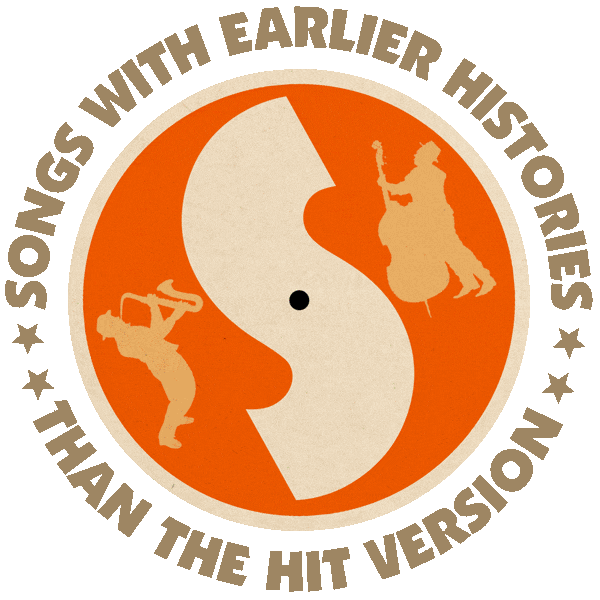Co-written and first recorded (as an instrumental) by The James Last Orchestra (1969).
Hit versions by Nick DeCaro (MOR #22 1969), Petula Clark (US #62/MOR #12 1969/AUS #22), Andy Williams (US #22/MOR #1/UK #19/AUS #22 1969).
From the wiki: “‘Happy Heart’ was written by James Last and Jackie Rae, and was first recorded as an instrumental by The James Last Orchestra in 1969. It was first covered by Nick DeCaro, a version which enjoyed modest success in the U.S. on the Billboard MOR chart. ‘Happy Heart’ would go on to be recorded by both Petula Clark and Andy Williams.
“Clark was reportedly dismayed when Williams, guest-starring on her second U.S. television special, made known his intention to perform ‘Happy Heart’ at the time each were planning to launch arrangements of the song as their next respective single. ‘Happy Heart’ would be released as promotional singles by each simultaneously in March 1969. Williams performed ‘Happy Heart’ on Portrait of Petula on April 7.

